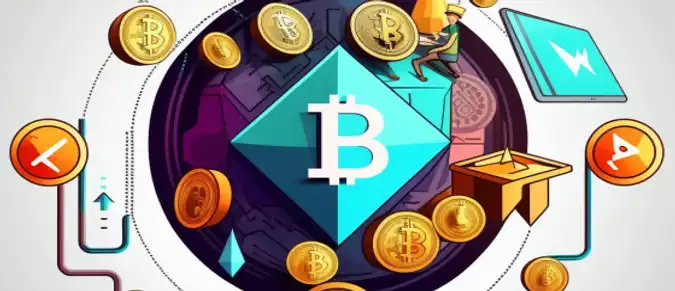Proof-of-Stake (PoS) is a consensus mechanism used in blockchain networks to validate transactions and create new blocks in the chain. In contrast to the Proof-of-Work (PoW) mechanism, which requires miners to solve complex mathematical puzzles to validate transactions and create new blocks, PoS relies on participants staking their cryptocurrency as collateral to validate transactions and create new blocks.
In a PoS system, the participants (often called validators or stakers) are selected to validate transactions and create new blocks based on the amount of cryptocurrency they have staked. The higher the stake, the more likely a participant is to be selected as a validator. Once a validator is selected, they can create a block by adding transactions to the chain and broadcasting it to the network. Other validators then verify the block and add it to their copy of the chain.
Validators are incentivized to act honestly and maintain the security of the network, as they stand to lose their stake if they are found to have acted maliciously. In addition, some PoS systems incorporate mechanisms to punish validators who act against the network's interests, such as slashing a portion of their stake.
PoS has several advantages over PoW. It is less energy-intensive, as it does not require participants to solve complex mathematical puzzles. It also allows for a more decentralized network, as validators do not need expensive hardware to participate. However, PoS systems may be more vulnerable to certain attacks, such as a "nothing-at-stake" attack, where validators have little to lose by participating in multiple forks of the chain. To mitigate this risk, some PoS systems use mechanisms such as finality, where blocks are considered irreversible after a certain number of confirmations.
Proof-of-stake (PoS) has several advantages over proof-of-work (PoW) consensus mechanisms. PoS is more energy-efficient than PoW because it does not require miners to solve complex mathematical equations, which consume a lot of energy. This makes PoS more cost-effective and scalable than PoW. Additionally, PoS incentivizes validators to act honestly because they stand to lose their stake if they validate fraudulent transactions. This makes the network more secure and less susceptible to attacks. Finally, cryptocurrencies that use PoS benefit both the network and their investors.




